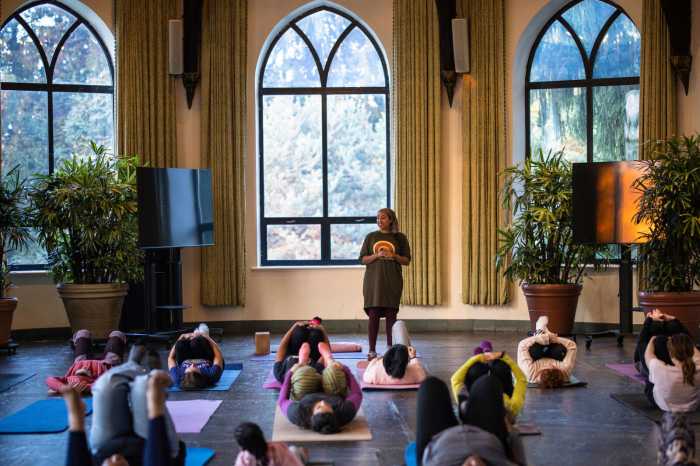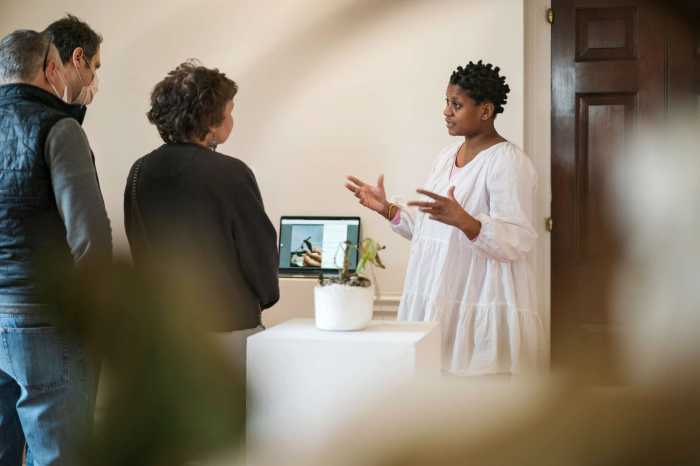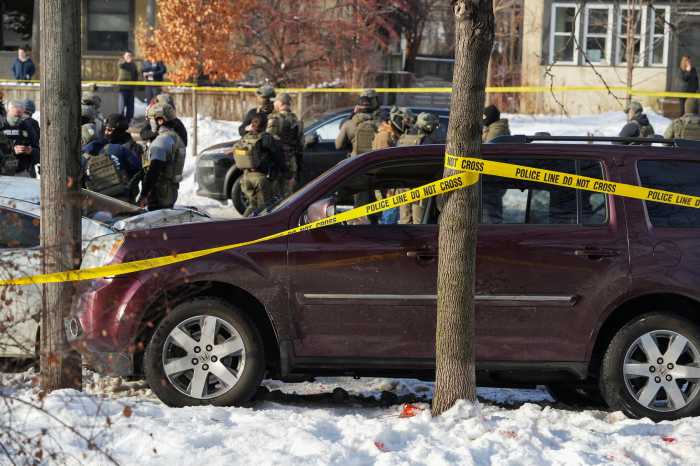Bally’s Casino sweetened its community investment package for the East Bronx Friday after the casino’s Community Advisory Committee (CAC) sought a lengthy list of amendments to the gaming company’s application to build a massive resort, casino and performance venue in Throggs Neck.
During its Sept. 10 meeting the six-member committee compiled and approved the list, which asked Bally’s to increase its annual $10 million community investment by a minimum of $7.5 million, with a long list of specific groups and initiatives that it wants the casino to fund, specific hiring practices, transparency procedures and commitments to public safety.
Bally’s committed to increasing its annual contributions to its “Community Benefit Fund” to $12.5 million, the Bronx Times has learned. But both the CAC’s and Bally’s proposed numbers represent a floor investment— Bally’s committed to contributing 1% of its annual gross gaming revenue if that number exceeds the minimum annual contribution of $12.5 million.
As for the laundry list of youth leagues, senior centers, community theater programs and specific initiatives the CAC asked the gaming company to commit to supporting through the Community Benefit Fund: Bally’s officials told the Bronx Times that its intention is for the community to have full autonomy in selecting what programs the funding supports.
Bally’s agreed to allow local members of the CAC to play a key role in determining an 11 member Community Benefit Fund Board to serve as a governing body for the community investment funds and operations. The CAC and Bally’s also agreed on committing to regular reporting periods, financial transparency and regular public forums.
The CAC pushed for the representation on the board to be comprised largely of Bronx Community Board 10 elected officials and community members, proposing that at least 6 members including elected representatives either live or own businesses in the community, while 2 nonvoting members be from NYC or NYS agencies and 3 members be from the borough at large.
But Bally’s response highlighted that while the casino and resort would be located directly within Community District 10, the neighborhoods in Community District 9 were also very close to the site of the casino and deserved consideration and a voice in the process, too.
The bid has seen increasing support since early days of local opposition, garnering the vocal support of the majority of City Council members in the borough, save the project’s most vocal critic and the local representative, Republican Kristy Marmorato.
Marmorato’s office did not immediately respond to a request for comment about Bally’s new community investment offer and whether or not it could sway her support. While she’s not directly on the CAC, she likely holds at least some influence.
Still, the casino’s reception at the second and final CAC hearing was warm, with largely positive reactions from attendees and elected representatives, who said they saw the project as an opportunity to bring economic opportunity and good-paying jobs into the Bronx.
Jobs was one of the CAC’s priorities that Bally’s also made a commitment to honor. It said it would encourage local hiring as much as possible through community outreach, advanced notice and application windows for locals, and a tie breaker preference for local candidates with similar qualifications.
However Bally’s did not meet the CAC’s ask to begin its community investment at the time of licensure, a full four years ahead of Bally’s projected opening date in 2030. The move would require the gaming company to invest almost $50 million before breaking ground — on top of the $500 million price tag on the gaming license, the cost of the development and the initial community investments like $100 million in parkland improvements, $75 million in capital investments and $10 million to build two new NYPD substations.
Christopher Jewett, Bally’s senior vice president of Corporate Development, told the Bronx Times in a statement that regardless, the Bronx will benefit from Bally’s.
“Our community benefits agreement is directly linked to the facility’s opening and the gross gaming revenue it generates,” Jewett said. “Until the doors open, there is no revenue — but once operations begin, the community will immediately share in the economic benefits of the project.”
Bally’s also boosted its yearly commitment to meet the CAC’s ask for supporting public safety at its two NYPD substations to $5 million a year, up from $3 million originally. The money will go toward making sure that stations are properly staffed and resourced so that casino safety does not pull resources from existing communities and the surrounding area will remain safe and protected with the additional traffic and visitors to the casino.
Ultimately, the casino largely committed to many of the CAC’s asks, partially committed to others and didn’t have the legal authority to commit to several of the CAC’s requests— like one that assumed that Bally’s had the authority to fund or oversee NYCPark operations. Tallied up, sources close to the deal told the Bronx Times that the increased investments bring Bally’s estimated yearly financial commitments to the Bronx once the casino opens its doors to more than $27 million a year.
The CAC has until Sept. 30 to make a decision on whether it thinks the casino project has enough community support to move forward. A “no” vote put a permanent end to each project’s gamble on a bright future. So far community advisory committees nixed proposals for casinos in Hudson Yards and Times Square, leaving six proposals in the running for three licenses this winter.


























